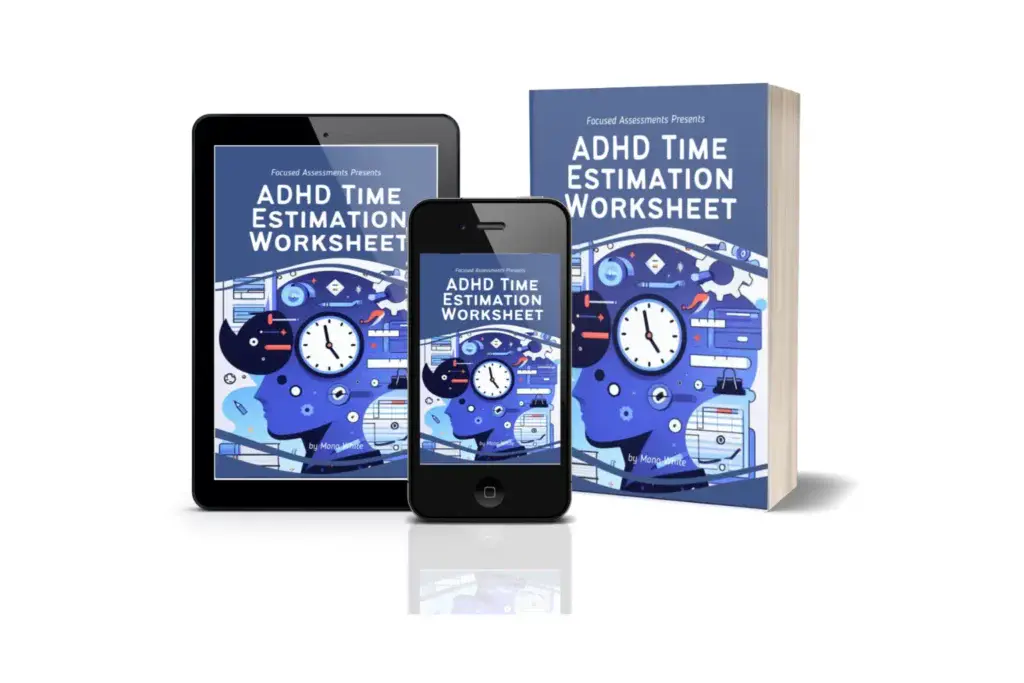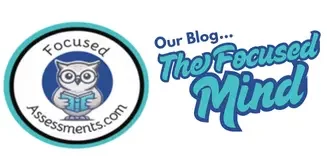A Clear Guide for Parents Considering Learning Disabilities Testing

Understanding the Emotional Journey of Considering Learning Disabilities Testing
Parents who begin to consider learning disabilities testing for their child often face a mix of emotions. Feelings of worry, uncertainty, and even guilt can surface. These emotions arise from a desire to do what is best for their child while navigating uncharted territory. It’s natural to question whether seeking testing is the right step or what the results might mean for the child’s future.
This process involves more than just technical steps; it encompasses hopes, concerns, and a desire to gain a deeper understanding of a child. Recognizing and validating these emotions can help families approach testing with compassion rather than fear. The goal is not to label a child but to uncover ways to support their learning journey.
Recognizing Common Signs That Indicate the Need for Testing
Several signs may suggest a child could benefit from learning disabilities testing. Challenges with reading, difficulty focusing, or noticeably poor handwriting often prompt parents to seek answers. For example, a child might struggle to keep up with reading assignments or show frustration with writing tasks.
Behavioral signs can also be indicators. Inattention, impulsivity, or difficulty following instructions may indicate attention-related concerns. Observing these patterns over time and across various settings—such as home, school, and social environments—can provide valuable insights.
It’s worth noting that these signs are not definitive proof of a learning disability but serve as valuable signals that further examination may be helpful. Early identification supports timely intervention, which can make a meaningful difference.
The Importance of Accurate Diagnosis for ADHD, Dyslexia, and Dysgraphia
Obtaining an accurate diagnosis is a key step in understanding a child’s specific challenges. Whether dealing with ADHD, dyslexia, or dysgraphia, clarity can open doors to targeted support that meets the child’s individual needs.
ADHD diagnosis helps clarify attention and behavior difficulties, paving the way for strategies that improve focus and self-regulation. A dyslexia evaluation assesses reading difficulties, enabling specialized instruction that targets decoding and comprehension skills. Similarly, identifying dysgraphia highlights struggles with handwriting and fine motor skills, guiding remediation efforts.
An accurate diagnosis is not about placing a label but about identifying obstacles so that appropriate accommodations and teaching methods can be provided. This tailored approach sets the foundation for educational success and personal confidence.
Breaking Down the Learning Disabilities Testing Process
The process of testing for learning disabilities generally unfolds in distinct stages. It begins with a preliminary screening designed to gather background information and identify areas of concern. Screening often involves questionnaires and observations that help professionals understand the child’s history and current functioning.
Next comes a comprehensive evaluation, which includes a series of standardized tests. These tests measure cognitive abilities, academic skills, and sometimes emotional and behavioral functioning. Depending on the child’s needs, assessments may cover reading, writing, math, attention, and memory.
Testing sessions are typically conducted over one or more days to minimize fatigue and ensure accurate results. Qualified professionals, such as psychologists or educational specialists, administer these assessments in a supportive environment where the child is encouraged to do their best without pressure.
What Families Can Expect During Screening and Evaluation
Families can expect the screening phase to involve sharing information about the child’s developmental history, school performance, and any concerns that parents or teachers have noticed. This step helps guide the focus of later testing.
During the evaluation, the child will participate in various tasks tailored to assess different skills. For instance, they might be asked to read passages aloud, solve puzzles, write sentences, or complete memory exercises. These activities provide measurable data that can clarify strengths and challenges.
Many children may feel nervous or uncertain about taking tests. Professionals often incorporate breaks and use child-friendly language to make the process less intimidating. Parents can play a crucial role by offering reassurance and encouragement before and after sessions.
Interpreting Feedback and Next Steps After Testing
Once testing concludes, families receive feedback that outlines the findings in clear terms. This feedback session explains whether a learning disability is present and what that means for the child’s academic and social development.
The discussion usually includes recommendations for support, accommodations, or interventions tailored to the child’s needs. This might involve tutoring, therapy, classroom adjustments, or strategies to improve organization and study habits.
It’s essential to view feedback as a starting point rather than an endpoint. The information provides guidance that families and educators can use to craft effective plans aimed at helping the child thrive.
The Role of Testing as a Roadmap for Support and Success
Learning disabilities testing serves as a guide rather than a judgment. It provides detailed insight into how a child learns and identifies areas where challenges may lie. This understanding helps parents, educators, and therapists design personalized supports.
With the roadmap in hand, families can advocate for appropriate services such as individualized education programs (IEPs) or 504 plans that address specific learning needs. Testing can also build self-awareness in children, helping them understand their learning style and develop confidence.
Proper support, informed by testing, often leads to improved academic outcomes and better emotional well-being, enabling children to reach their full potential.
Encouragement and Resources for Parents and Caregivers
Parents embarking on this path deserve encouragement for seeking answers. The process of learning disabilities testing can feel overwhelming, but knowing that support is available can ease anxiety.
Connecting with support groups, educational professionals, and online communities can provide valuable information and emotional reassurance. Understanding that many families face similar challenges fosters a sense of solidarity.
Taking care of caregivers’ well-being is equally important. Seeking help when needed ensures that parents have the strength to support their child effectively throughout the journey.
How to Access Further Guidance and Support
Families interested in learning disabilities testing can begin by consulting with their child’s school or healthcare provider. Many schools offer educational testing services or can refer parents to qualified specialists.
Local clinics, psychological practices, and educational centers provide formal evaluations. When selecting a professional, consider their credentials and experience with childhood learning challenges.
Free resources such as guides or informational booklets are often available from educational organizations. Downloading materials that clarify the testing process can build confidence and prepare families for what lies ahead.
A proactive approach to gaining knowledge and seeking support ensures that no family faces this journey alone. Help and guidance are within reach.

Mona White is an educator and diagnostician in Denton with over 30 years of experience in Learning Disabilities Testing. As a mother of two neurodiverse sons—one with ADHD and one with Dyslexia—she brings both personal insight and professional expertise to every evaluation. Having navigated public, private, and homeschool education, Mona understands the unique challenges families face. Her approach is compassionate, thorough, and tailored to support lasting success for children and adults alike.

